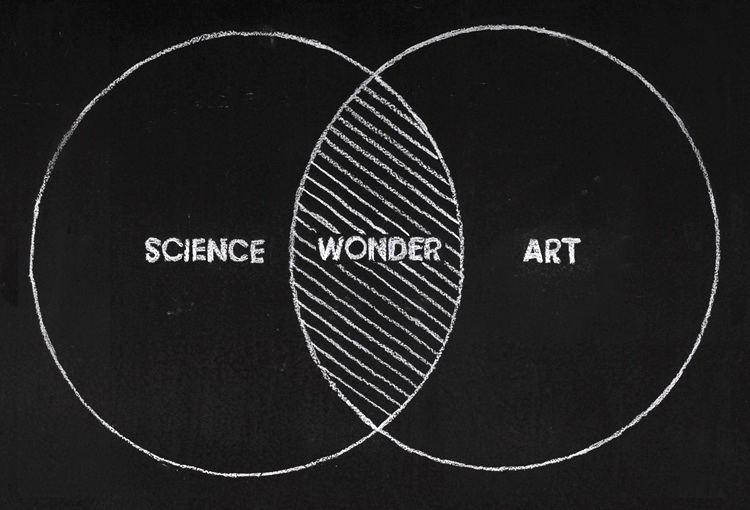Update on the SIF Physics Active Learning project
The SIF Physics Active Learning Team has been working hard this year to improve the instruction in our physics classes.
Fellow SIF Saif Ali has been working diligently on analyzing and coding student survey data from introductory physics labs to find patterns and ways to improve the classes’ learning potential. This data is sure to prove invaluable in efforts to revamp and reorganize the physics labs and studio (SCALE UP) classes. You can read more about Saif’s project on his blog.
My personal project was to help update the way we train our graduate TAs and undergraduate LAs (learning assistants) in physics classes. The results of the interventions we employed to help train these instructors in active learning and student modes of thinking are still preliminary but my sense was that they were a resounding success. Many of the results of this work will be published this summer so I will have to hold off on posting some of the details just yet.
Over the course of the year, I wrote and helped to facilitate seven roleplay activities designed to help teach TAs and LAs about physics pedagogical content knowledge in a two-semester seminar class about teaching physics. In the roleplays, the TAs and LAs prepared a skit with certain parameters that tackled topics such as how to increase participation among students, how to ask “good” questions that stimulate student thinking, getting students to explain ideas to each other, and checking for understanding. The roleplays simultaneously looked at common student misconceptions about physics concepts and how to help students build a bridge to the correct conceptual understanding. I can’t post videos of these roleplays here because they are part of an IRB-regulated research project but the videos below show similar (albeit professionally filmed and produced) examples. The videos come from the University of Pennsylvania Center for Teaching and Learning. You can view some examples here, here, and here.
I also observed the TAs and LAs many times over the course of the semester while they taught to give them direct feedback and to try to draw conclusions about what effect the class was having on their teaching skills and behaviors. We also have important survey data from instructors and their students that should give us a more complete picture of what happened this year.
We’ve got big plans for next year too. The Center for Instructional Innovation is refurbishing one of the older physics labs in the Natural Science Center over the summer. This lab was in desperate need of a refresher. Its changes are all being made to facilitate active learning and inquiry-based labs. The tables in the room will be higher, with the exception of one disability-accessible table that is adjustable, which will encourage students to move around and look at the experiments from different angles. Students will also have access to three sides of the table instead of just one side as it is now, which will foster collaboration because students can look at each other and share ideas easier. There will be tools like white boards at each table and screens to help students and instructors share and display their ideas. The possibilities for learning in this updated lab classroom are endless. I can’t wait to teach in it!
I will also be helping to make the teaching physics seminars even better. We will be looking at the possibility of tweaking the roleplay structure to maximize the effectiveness of their teaching capacity. We may also be looking at how to produce videos about concepts in Physics Education Research (PER) like mental models, common misconceptions in physics, etc. That way we can flip the class and move it closer to a completely activity- and discussion-based seminar that will provide both theoretical and practical experience on teaching. We also want to look at ways to make this instructor-training model applicable to other departments at GSU. Hopefully, I can work more closely on other SIF Active Pedagogy projects so we can share what we are learning.
